class: center, middle, inverse, title-slide # War, Technology & Innovation ## Prime Movers and New Domains of Warfare ### Jack McDonald ### 2020-03-02 --- class: inverse # Lecture Outline .pull-left[ - Energy and The Periodisation Problem - War Either Side of The Great Transition - _Prime Movers and New Domains of Warfare_ - The Nuclear Complication - War in the Anthropo-whatnow? ] .pull-right[ - Energy Density and Military Domains - Transforming War in the Air What does a periodisation of war according to energy technologies add to our understanding of the relationship between war and technology? What does said periodisation fail to explain? ] ??? Do technologies create domains of warfare? --- class: inverse # Small Group Discussion .large[What do you understand to be? Do military domains have different relationships with technology? Why?] ??? --- class: inverse # Energy Density and Military Domains ??? --- # Military Use of Engines .pull-left[ Interesting modern reversal: - Steam engines first used in civilian world, then later become very important in warfare - Militaries are early adopters of steam turbines, internal combustion engines, and gas turbines - Military utility of prime movers further altered by their widespread adoption by civilians ] .pull-right[ Interesting evaluation of technology and war: - Do technologies promote stability or change? How does this change over time? Fun research question that I can't find a good answer for: - How does decline in military use of prime movers track decline in civilian use of prime movers? ] ??? --- # Steam Engines .pull-left[ 1804 - first recorded self-propelled steam engine (High Pressure) 1802 steam boat _North River Steamboat_ 1830 Liverpool and Manchester Railway ] .pull-right[ 1850 - Austria/Prussia crisis > The Prussian debacle stemmed in part from the fact thtat its army had not been mobilized in thirty-five years, but the most important factors centred on the railroads. At the time, Prussia has no military officers or civilian officials with railroad mobilization experience. Keir A. Lieber, _War and the Engineers_ ] ??? --- # Steam Turbines .pull-left[ Very quickly adopted by navies, but with a transition - steam engines often more efficient and less liable to break down Invention of turbine and development of turbine-powered warships leads to pre-WW1 Naval arms Race ] .pull-right[ 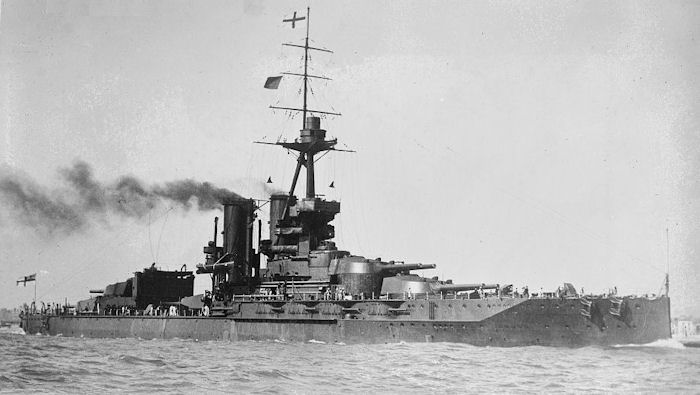 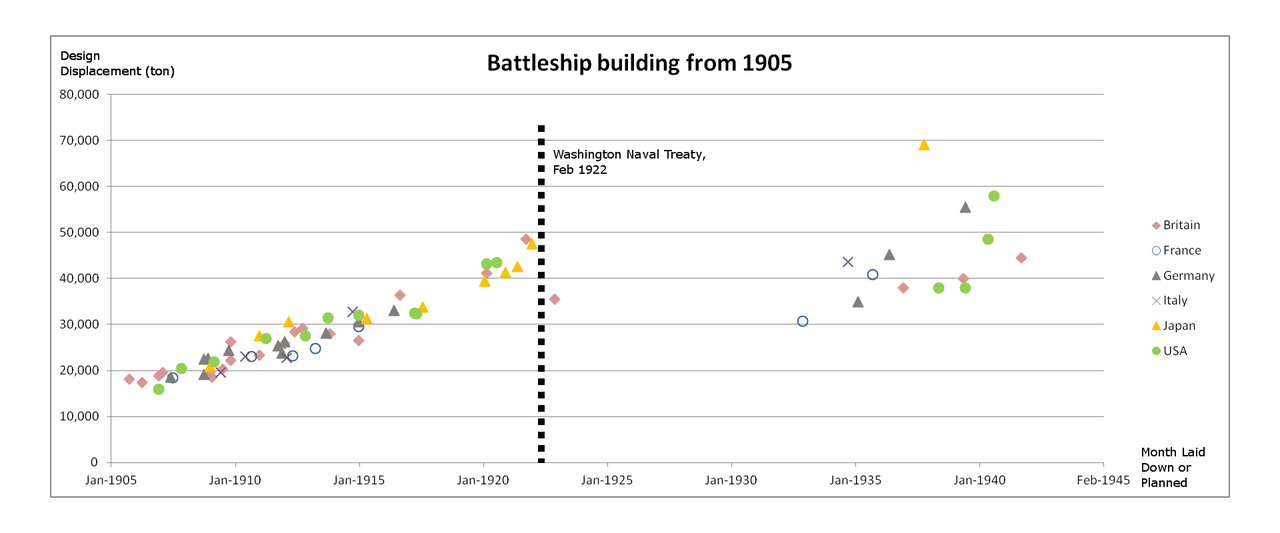 ] ??? --- # Internal Combustion Engines .left-column[ 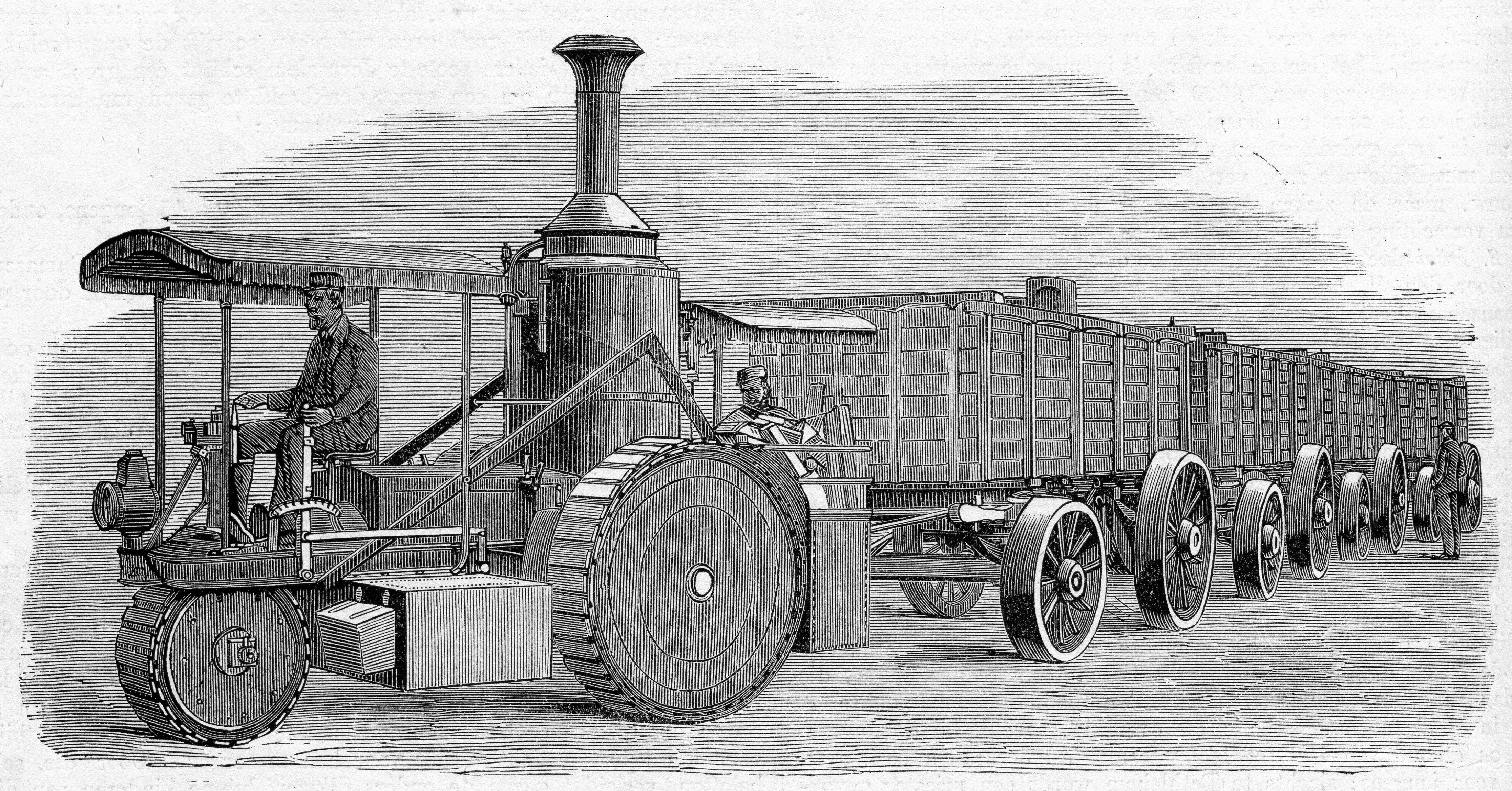 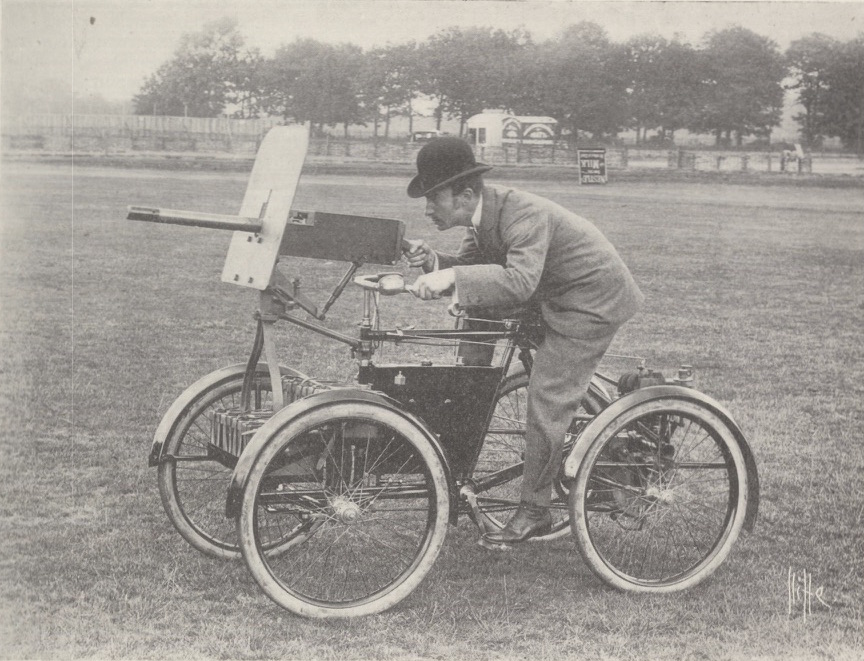 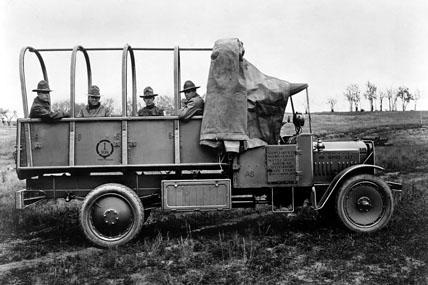 ] .right-column[ Steam engines have niche uses beyond railways, but significant constraints/competitors (e.g. canal transport). Development of petrol internal combustion engine allows for more power, and development of road transport Diesel fuel transition occurs prior to WW2 - Torque, flammability, economy ICEs enable mobile artillery, tanks, and mechanised warfare ] ??? --- # Electric Motors .pull-left[ 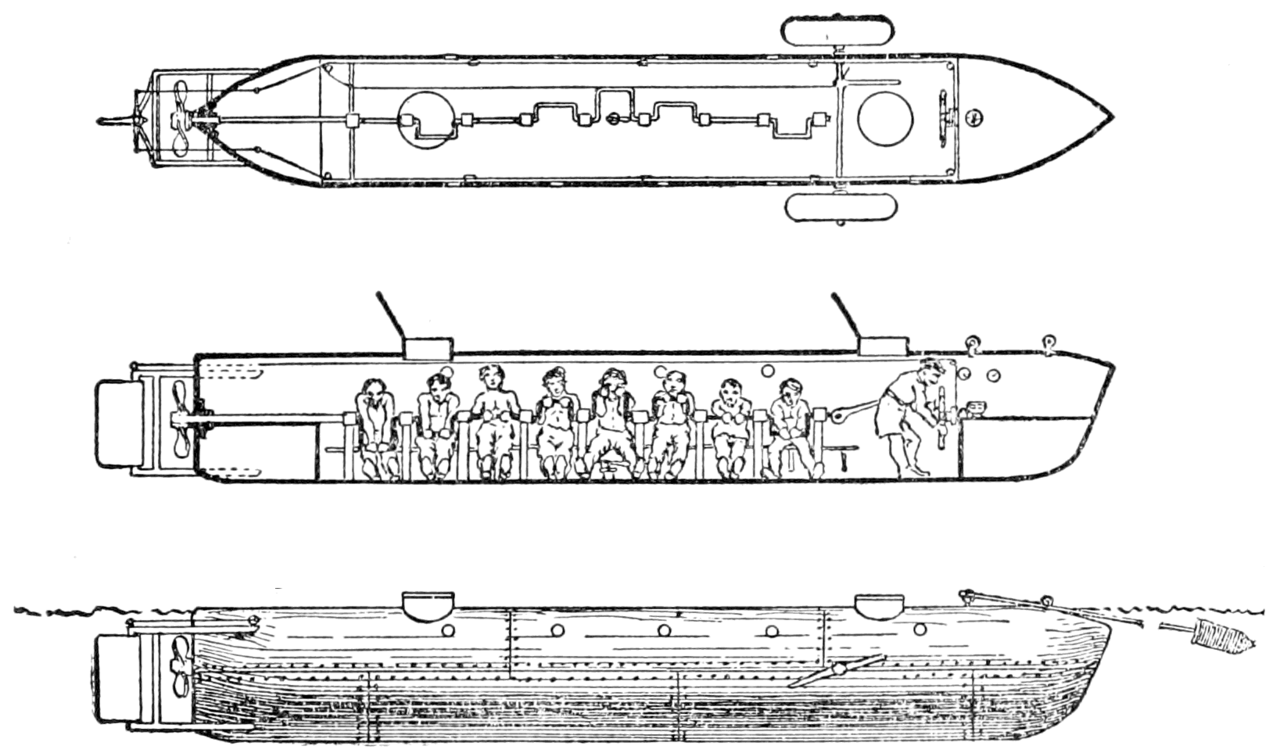 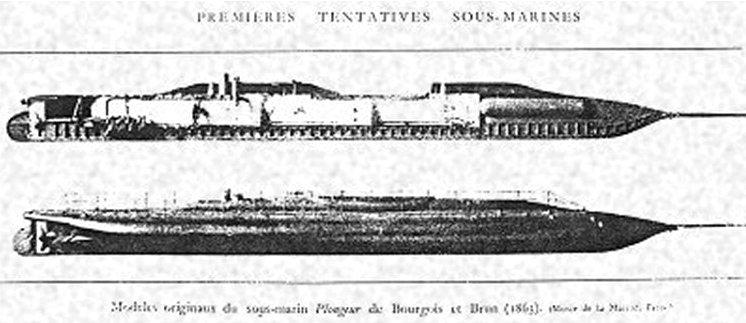 ] .pull-right[ Submarines are an interesting case - Require a lot of energy to move (water drag) - But have a finite air supply Solution is "Air independent propulsion" - Fuel that provides energy to open cycle system - Rechargeable systems with aerobic engines ] ??? --- # Gas Turbines .pull-left[ Hans von Ohain and Frank Whittle - example of simultaneous invention Jet planes enter service during WW2, but war ends before they displace prop-driven aircraft - Me 262 first operational in 1944 Jets eventually enable supersonic flight and are essential features of all leading combat aircraft ] .pull-right[ 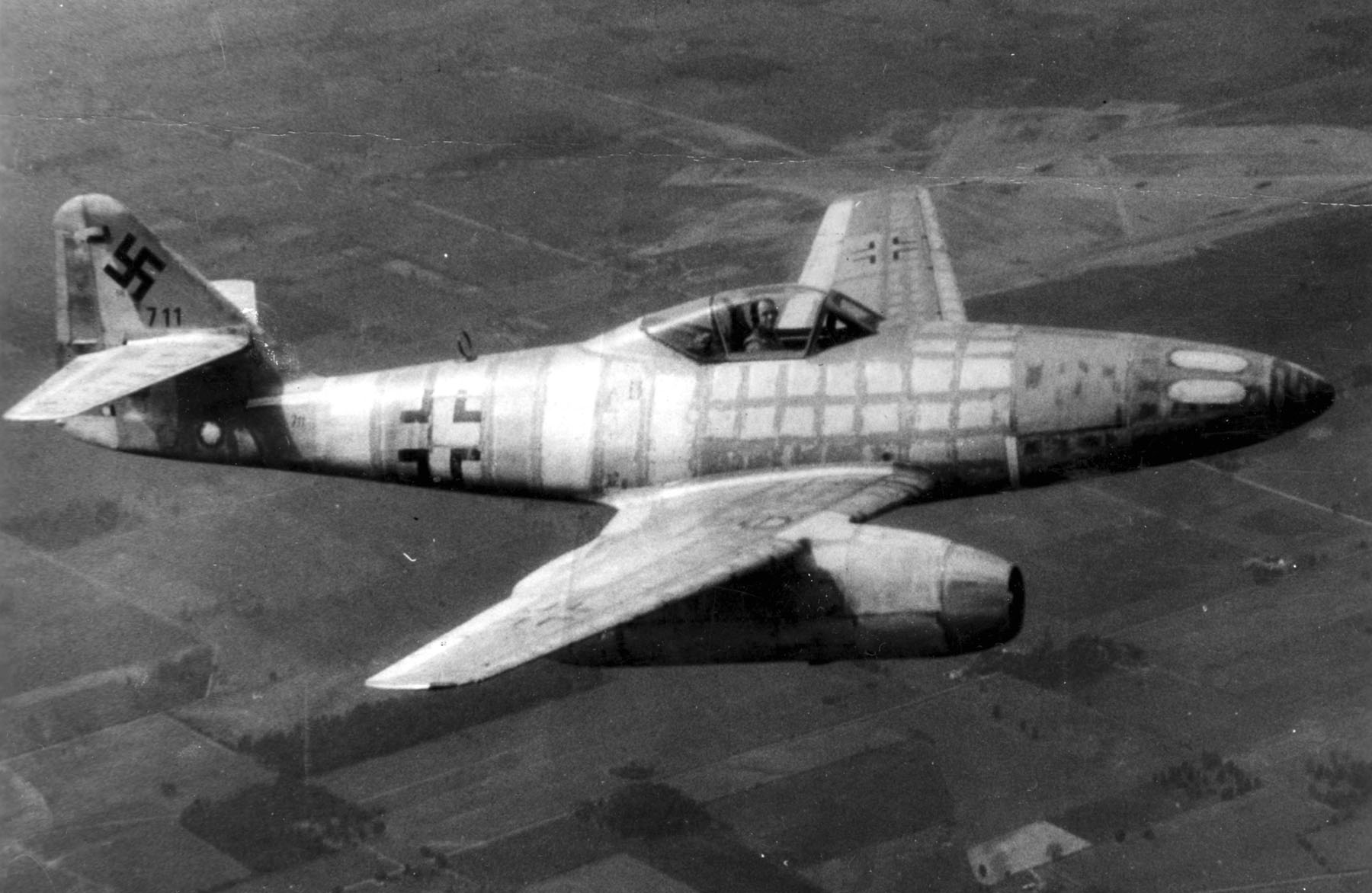 Me 262, the first operational jet fighter ] ??? --- class: inverse # Small Group Discussion .large[What lessons can we learn from early perceptions of war in the air for contemporary debates about the future of warfare?] ??? --- class: inverse # Transforming War in the Air ??? --- # Early Military Use of the Air .pull-left[ Observation balloons featured intermittently between late 18th century and WW1 Key problems limiting use: - Heat required to sustain operations - Flammability of lighter-than-air gas (Hydrogen) - Shortage of non-flammable gas (Helium) Eventually develops into effective artillery spotting role by WW1 ] .pull-right[ 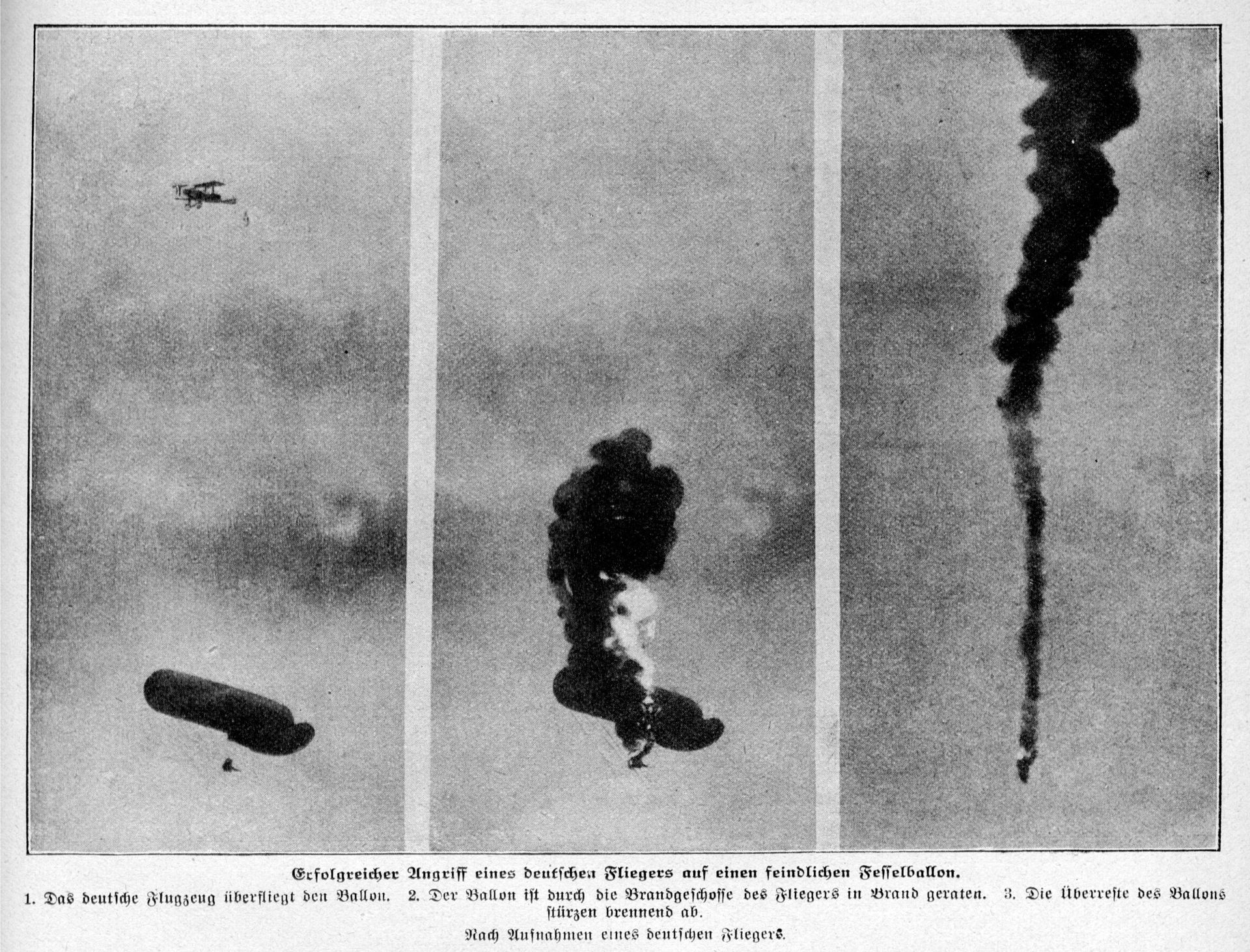 ] ??? --- # Transforming Domains: Powered Flight .pull-left[ New fuels and engines transform military operations in both qualitative and quantitative ways - New types of use: submarines, flight, orbital objects - Spatial freedom, Range, Speed, Mass ] .pull-right[ 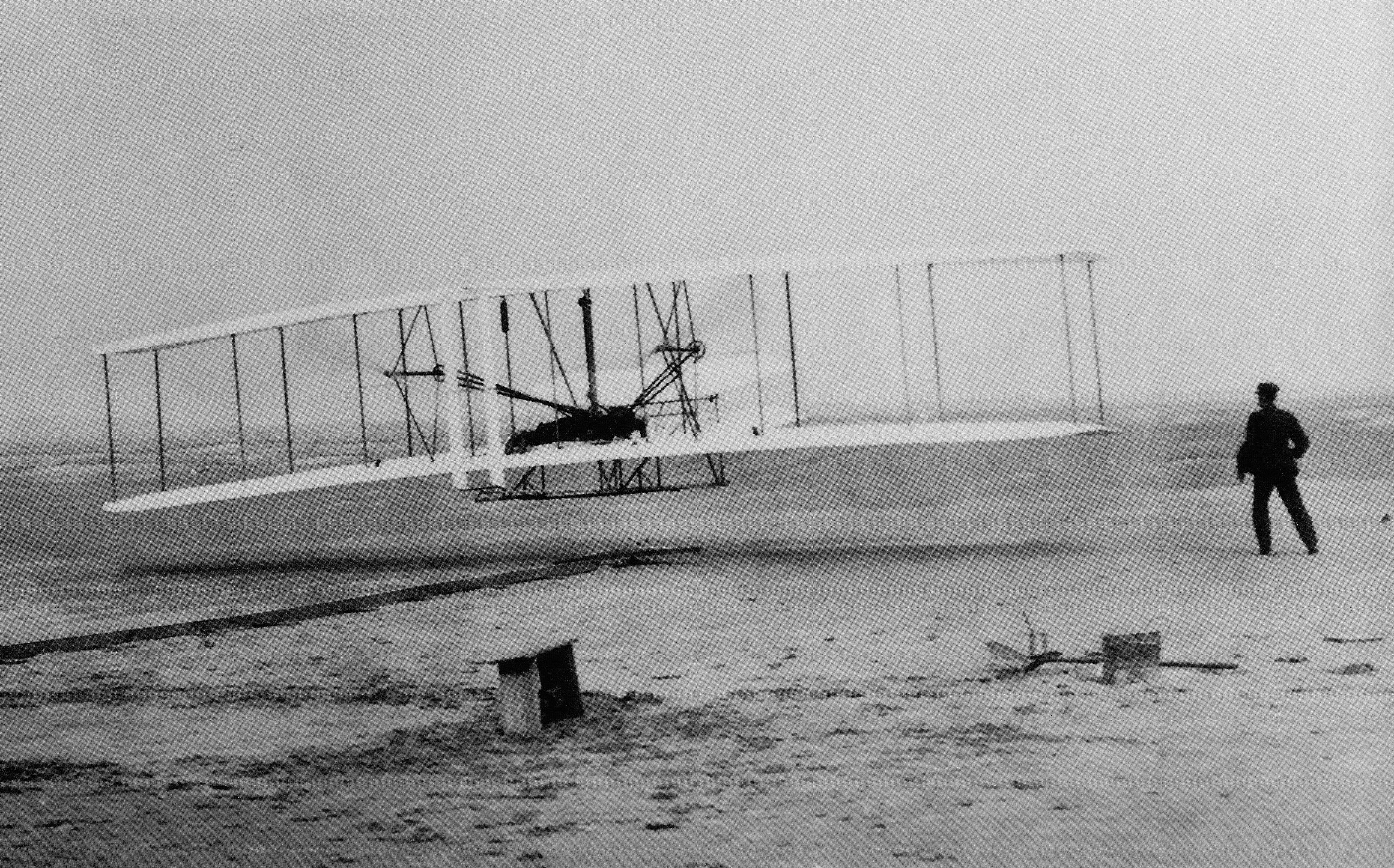 ] ??? --- # Perceptions & Reality of Aerial Warfare .pull-left[ .medium[ > Much like the theater ballistic missile of the present era, Germany's Zeppelins constituted the "weapons of mass destruction" of their time, engendered fear and concern in foreign countries, accelerated development of high-angle antiaircraft artillery, and even inspired counterstrategies aimed at eliminating them at the outset of a conflict. Richard P. Hallion, _Taking Flight_ ] ] .pull-right[ 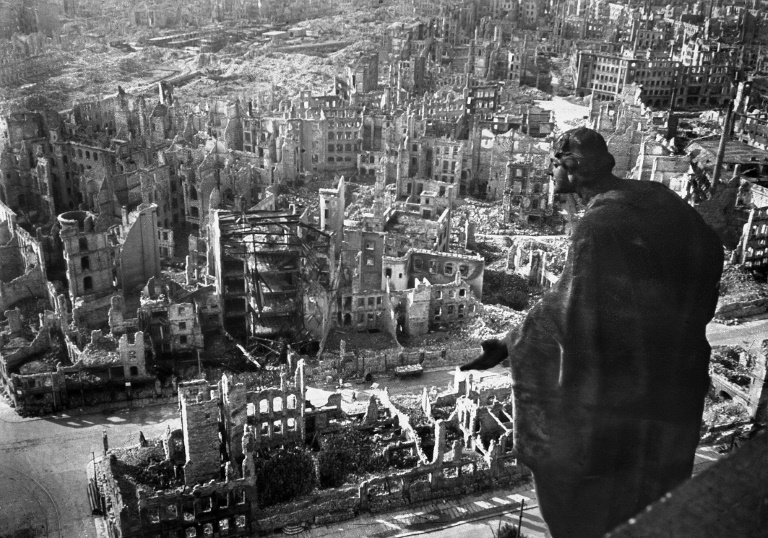 ] ??? --- # The Contemporary Importance of Air Warfare .pull-left[ 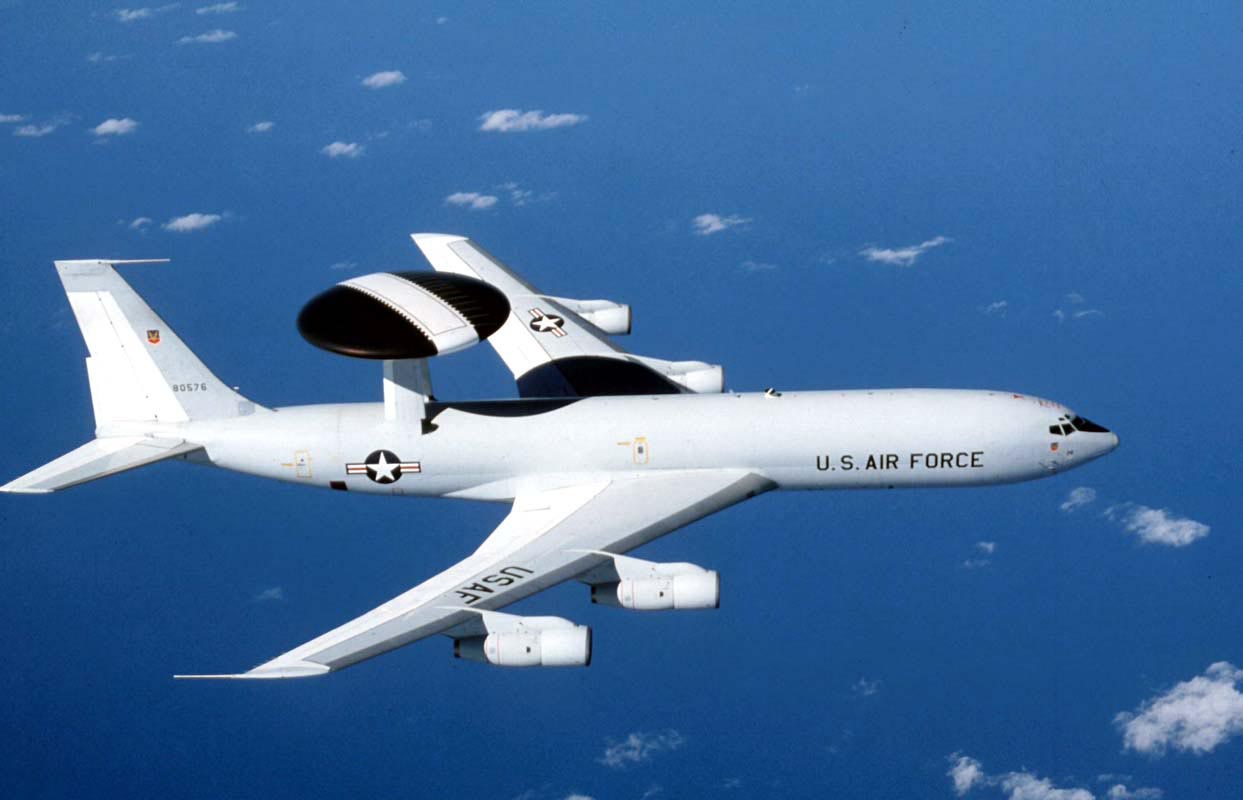 ] .pull-right[ 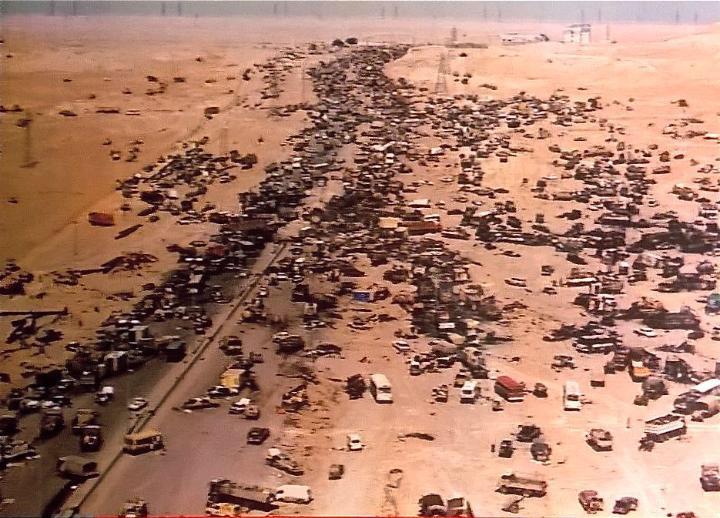 ] ??? --- .left-column[ What's Not Explained: Rocket Fuel ] .right-column[ 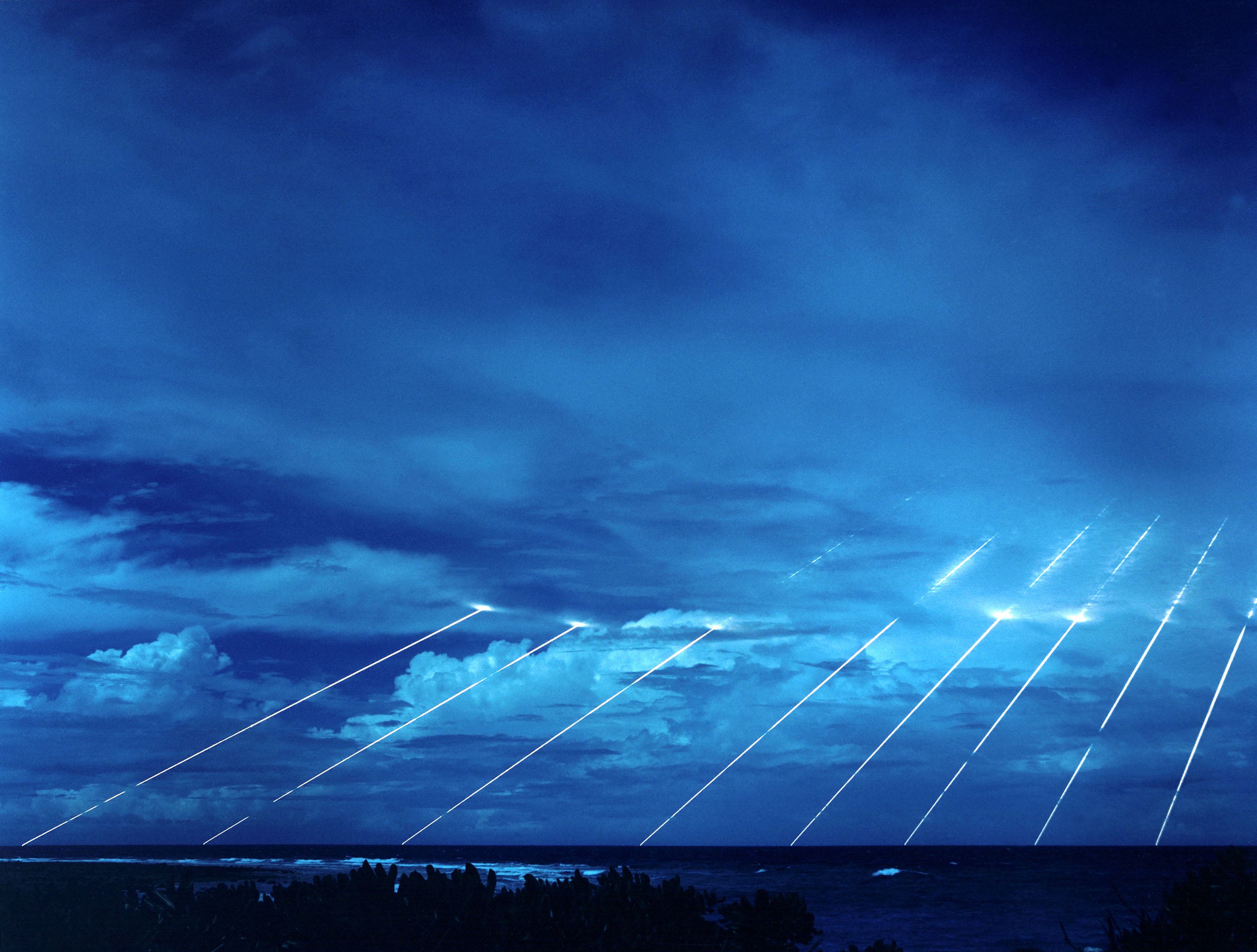 ] ??? --- # The Space Race .pull-left[ 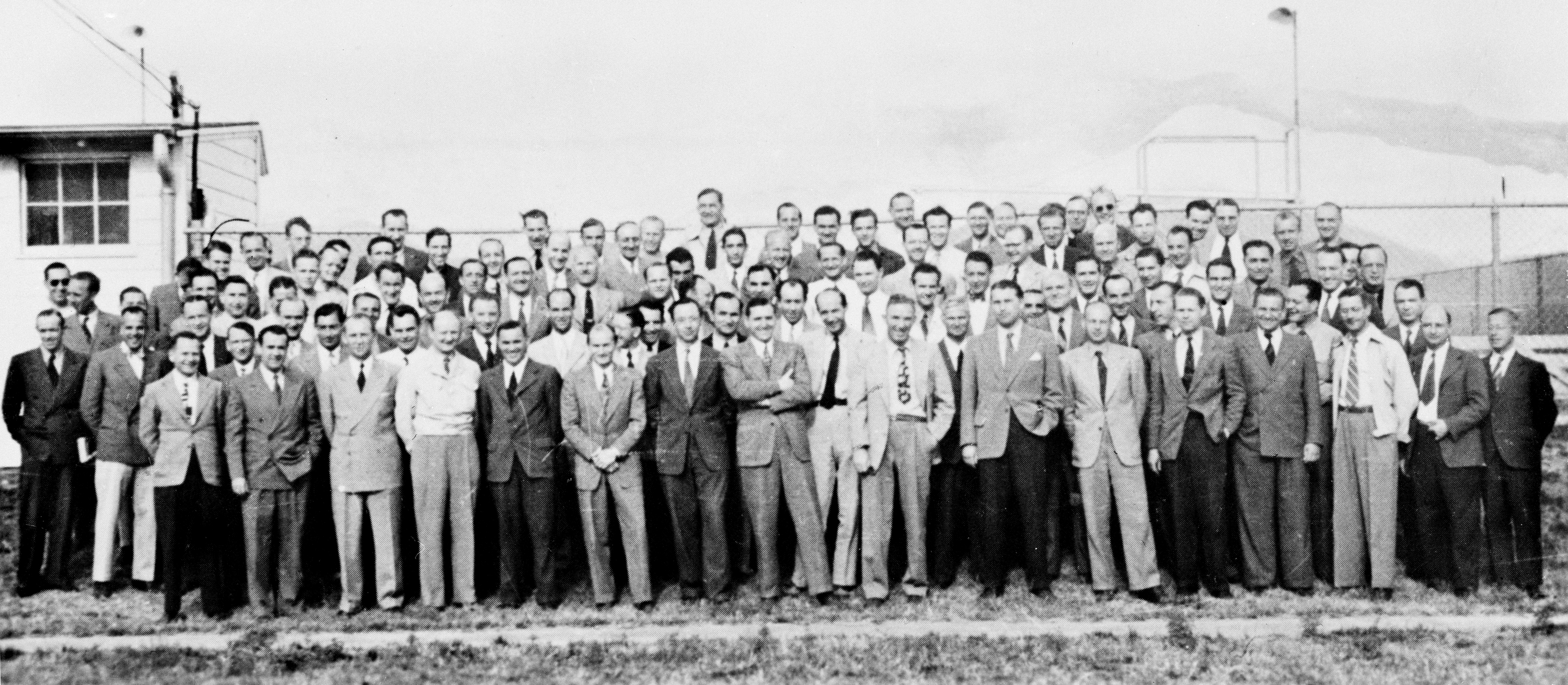 Operation Osoaviakhim (1946) and Operation Paperclip (1945-59) ] .pull-right[ > Don't say that he's hypocritical > Say rather that he's apolitical > "Once the rockets are up, who cares where they come down? > That's not my department!" says Wernher von Braun Tom Lehrer, _Werner von Braun_ ] ??? --- # Ballistic Missiles & Satellites .pull-left[  ] -- .pull-right[ 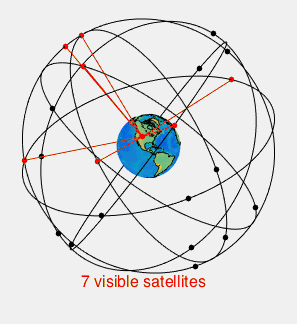 ] ??? --- # Military/Commerce Overlap .pull-left[ Is space part of the same story? - Early military exploitation of key advantages - Subsequent commercial development - If so, what will be the military advantages in a future with mature commercial space economy? ] .pull-right[  ] ???